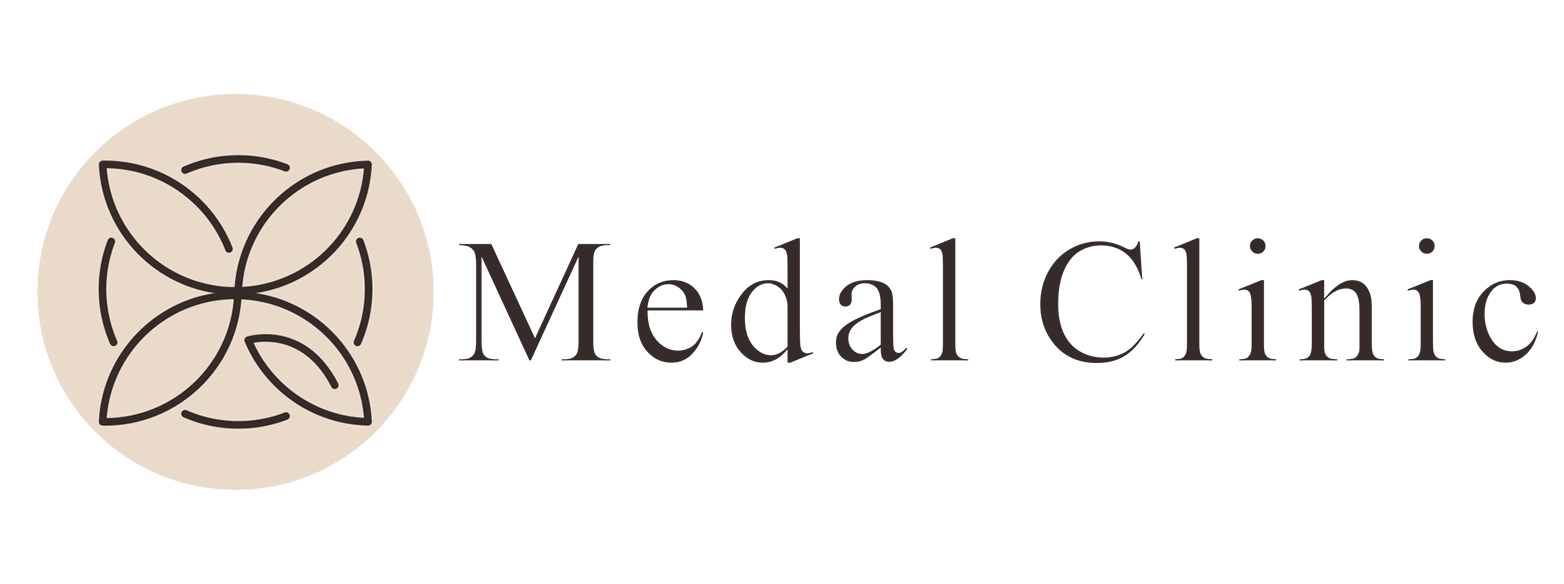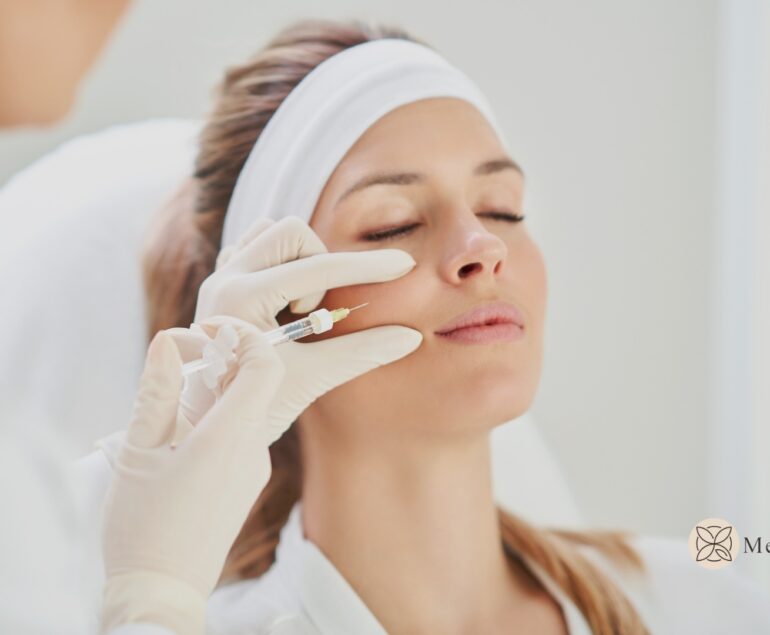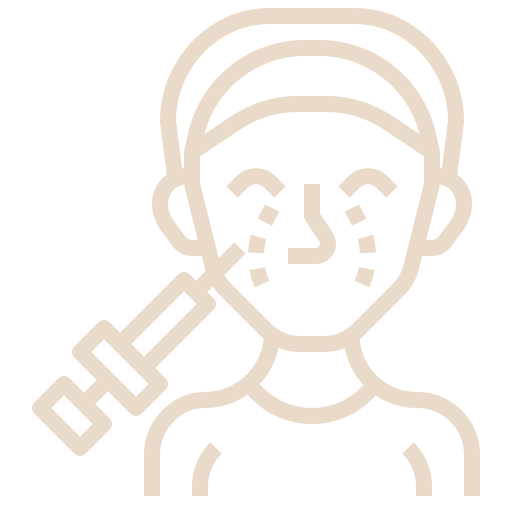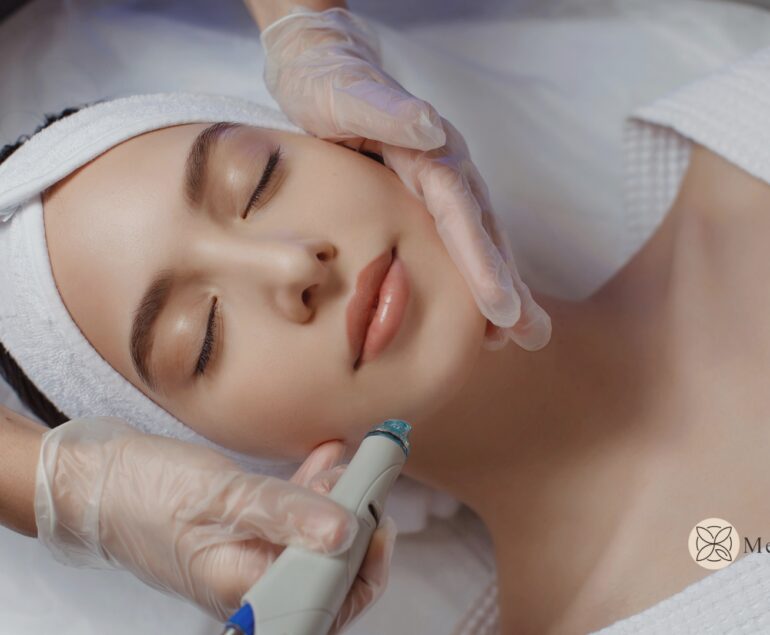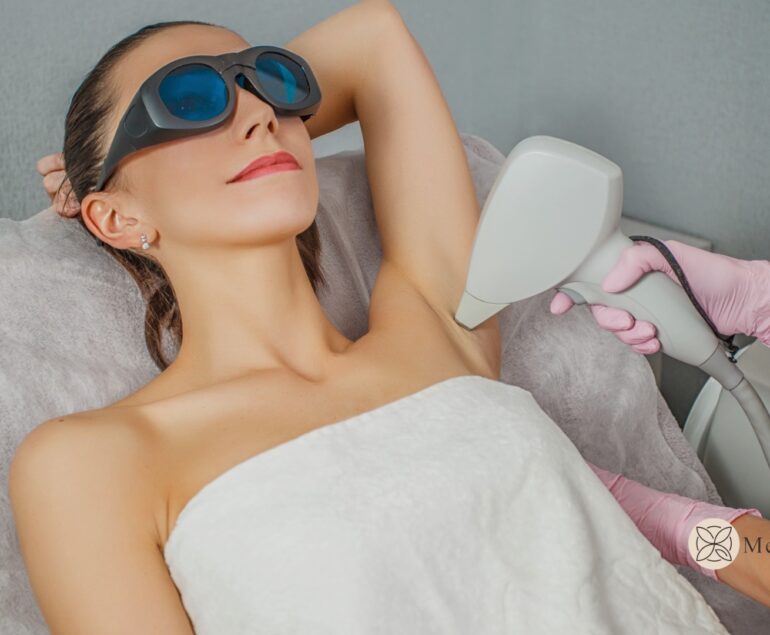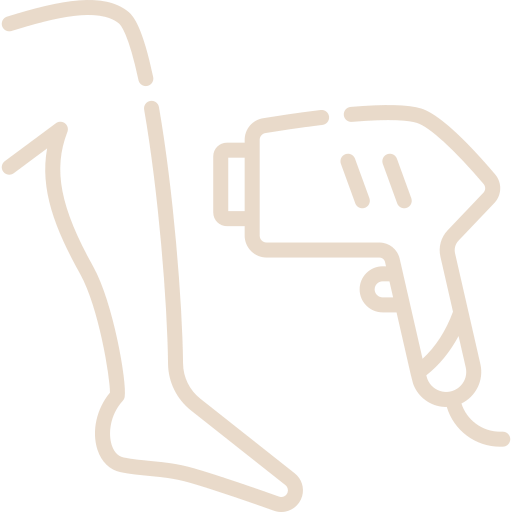Anti-Sweating Treatments
Excessive sweating can be a persistent and embarrassing issue for many individuals, affecting their confidence and quality of life. Fortunately, modern advancements in the field of dermatology have led to the development of effective anti-sweating treatments. One such treatment utilizes a neurotoxin commonly associated with cosmetic procedures, but we’re here to shed light on alternative options that can provide you with the desired results.
Targeting Hyperhidrosis: Hyperhidrosis, the medical term for excessive sweating, can occur in various areas of the body, including the underarms, palms, and feet. While many people are familiar with traditional treatment approaches such as antiperspirants or medications, there are other cutting-edge solutions available that deliver remarkable results without the need for injections.
Alternative Treatment Techniques: a. Therapeutic Dermatological Procedures: Dermatologists can employ advanced techniques to address excessive sweating. For instance, iontophoresis employs low-level electrical currents to minimize sweat gland activity and reduce sweating significantly. This non-invasive procedure is safe, painless, and can be performed in a clinical setting.
b. Laser-based Solutions: Laser treatments are gaining popularity as a non-invasive option for reducing excessive sweating. By targeting the sweat glands and disrupting their functionality, lasers provide a long-lasting solution with minimal discomfort. Laser-based treatments are versatile and can be customized to target specific areas of concern effectively.
c. Radiofrequency Technology: Radiofrequency-based treatments offer a non-invasive approach to managing excessive sweating. These treatments use controlled radiofrequency energy to target sweat glands, reducing their activity and minimizing sweat production. This gentle procedure requires no incisions or injections and provides noticeable results without significant downtime.
Personalized Treatment Plans: One of the advantages of these alternative treatments is the ability to customize the approach based on individual needs and preferences. Dermatologists can assess the severity of sweating, medical history, and other relevant factors to determine the most suitable treatment option for each person.
Long-Lasting Results: Unlike traditional antiperspirants or topical solutions that provide temporary relief, alternative treatment techniques often offer longer-lasting results. Many patients report a significant reduction in sweating that can last for several months or even years, depending on the chosen method.
Consult a Dermatologist: When seeking relief from excessive sweating, it is crucial to consult a qualified dermatologist who specializes in these innovative treatment options. They will thoroughly evaluate your condition, discuss the available alternatives, and recommend the most appropriate solution tailored to your unique needs.
Conclusion: Excessive sweating no longer needs to be a source of frustration or self-consciousness. With the advancements in dermatological treatments, there are viable alternatives to traditional approaches that can effectively address hyperhidrosis. By exploring alternative options under the guidance of a dermatologist, you can find a treatment that suits your preferences and enjoy a life free from excessive sweating. Take the first step towards regaining your confidence and consult with a dermatologist today.
FAQ's about Anti-Sweating Treatments
What are alternative treatments for excessive sweating?
Alternative treatments for excessive sweating include therapeutic dermatological procedures like iontophoresis, laser-based solutions, and radiofrequency technology.
How does iontophoresis work?
Iontophoresis involves using low-level electrical currents to reduce sweat gland activity. It is a safe and painless procedure performed in a clinical setting.
How do laser treatments help with excessive sweating?
Laser treatments target sweat glands and disrupt their functionality, leading to a significant reduction in sweating. These non-invasive procedures can be customized to target specific areas of concern.
What is radiofrequency technology and how does it treat excessive sweating?
Radiofrequency-based treatments use controlled radiofrequency energy to minimize sweat gland activity. This non-invasive procedure provides noticeable results without incisions or injections.
Can these alternative treatments be personalized?
Yes, these treatments can be personalized based on individual needs and preferences. Dermatologists evaluate factors such as severity of sweating and medical history to determine the most suitable treatment option.
How long do the results of alternative treatments last?
Alternative treatments often offer longer-lasting results compared to traditional approaches. Many patients experience a significant reduction in sweating that can last for several months or even years, depending on the chosen method.
Do I need to consult a dermatologist before undergoing these treatments?
Yes, it is essential to consult a qualified dermatologist who specializes in alternative treatments for excessive sweating. They will assess your condition, discuss available options, and recommend the most suitable treatment for your specific needs.
Are these treatments covered by insurance?
Insurance coverage varies depending on the insurance provider and policy. It is advisable to check with your insurance company to determine the extent of coverage for alternative treatments for excessive sweating.
Are these alternative treatments painful?
These treatments are designed to minimize discomfort. While individual experiences may vary, most patients report minimal pain or discomfort during and after the procedures.
Are there any side effects associated with alternative treatments for excessive sweating?
Side effects are generally minimal with alternative treatments. Some patients may experience temporary redness, swelling, or mild discomfort, which typically subside within a few days. Your dermatologist will discuss potential risks and side effects during the consultation.
